Benefits of Clamshell Rigid Boxes
This guide covers clamshell rigid boxes, detailing benefits in protection, branding, and sustainability. Learn about custom design and market trends.
Summary
Clamshell rigid boxes are a specialized form of packaging characterized by their durable, hinged design, which offers both protection and aesthetic appeal for a wide range of products. Notably utilized across various industries, including beauty, electronics, and food, these boxes are praised for their ability to safeguard items from damage while enhancing brand visibility and consumer engagement. Their combination of functionality and visual allure has made clamshell boxes a preferred choice for businesses aiming to stand out in competitive markets.
One of the primary benefits of clamshell rigid boxes is their robust protection capabilities. Made from strong materials such as rigid plastics and cardboard, these boxes provide an effective barrier against environmental hazards, including moisture and dust, and prevent physical damage during transportation. Their tamper-resistant design also ensures that products remain securely sealed, which is particularly important for high-value or healthcare items, thereby helping to maintain product integrity until they reach the consumer.
In addition to their protective qualities, clamshell boxes are instrumental in brand marketing. Custom printing options, including vibrant colors and unique designs, allow companies to create packaging that captures consumer attention on retail shelves. The premium look and feel of clamshell packaging can also signify quality and value, shaping positive perceptions about the brand. Furthermore, the unboxing experience provided by these boxes can foster customer loyalty and encourage word-of-mouth promotion, reinforcing their marketing significance.
However, the rise of sustainability concerns has introduced a notable controversy surrounding the use of clamshell rigid boxes. As consumer preferences shift toward eco-friendly packaging options, brands are increasingly pressured to adopt biodegradable or recyclable materials in their packaging strategies. This trend highlights the growing importance of environmental responsibility in packaging design, compelling manufacturers to innovate in order to align with consumer values while still delivering on the aesthetic and functional promises of clamshell packaging.
Table of Contents
Design and Structure
Custom Structural Design
The design of clamshell rigid boxes is paramount to their functionality and aesthetic appeal. These boxes often feature a custom structural design that optimizes space and protects the contents effectively. For instance, a two-layer shelf system can be employed to secure items such as cans in place while also providing a tiered display, enhancing visibility and access. Additionally, the design process can incorporate innovative elements such as foam-free protection, which utilizes engineered inserts to hold products securely without the need for foam, thereby reducing waste and enhancing sustainability.
Material Selection
The materials used in the construction of clamshell rigid boxes are critical for both durability and visual appeal. Commonly, materials like paperboard and cardboard are utilized, as they offer a cost-effective and reliable base for creating sturdy boxes. Paperboard provides flexibility and strength, while heavier cardboard is ideal for more delicate or extensive products. Greyboard, also known as chipboard, adds to the structural integrity of these boxes, ensuring they maintain their shape during transportation.
Aesthetics and Branding
Clamshell rigid boxes are not merely protective enclosures; they serve as powerful marketing tools. The integration of premium materials and finishes, such as soft-touch coatings and Spot UV, elevates the visual presentation of the packaging, making it a significant aspect of brand identity. Custom printed inserts can further enhance the unboxing experience, allowing brands to communicate their messaging effectively and create a memorable impression on consumers.
Prototyping and Testing
A collaborative design process typically involves prototyping and testing to ensure the box meets functional requirements and aesthetic standards. The development of 3D renderings allows clients to visualize the initial concepts, which can then be refined through structural prototypes that emphasize protection and usability withoutsacrificing design. Comprehensive product and material testing guarantees that the final packaging meets industry standards for durability and compliance, making clamshell rigid boxes a reliable choice across various sectors, including beauty, food and beverage, and electronics.
Sustainability Considerations
In recent years, there has been an increasing emphasis on sustainability within packaging design. Rigid packaging materials, particularly recyclable plastics and glass, align with environmentally conscious practices while offering the durability necessary for protection. Additionally, advancements in materials derived from renewable resources are paving the way for more sustainable packaging options, contributing to reduced environmental footprints for brands.
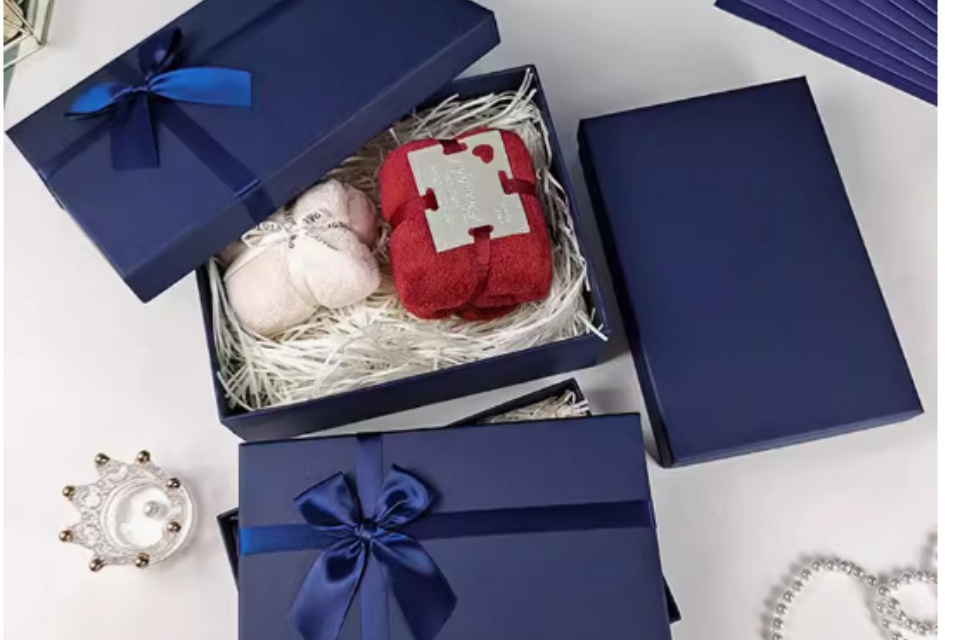
Benefits
Clamshell rigid boxes offer a multitude of benefits that make them an attractive packaging solution across various industries. Their design and material composition not only provide exceptional protection but also enhance brand visibility and consumer trust.
Protection and Security
One of the primary advantages of clamshell boxes is their robust protection capabilities. Made from rigid plastic materials, these boxes effectively shield products from external damage such as moisture, dust, and physical impact. The tamper-resistant design ensures that products remain securely sealed, which is particularly important for premium or healthcare items. This security feature helps prevent unauthorized access, thereby safeguarding the integrity of the product until it reaches the consumer.
Aesthetic Appeal and Branding
In an environment saturated with competing products, the visual appeal of clamshell packaging can significantly influence consumer purchasing decisions. Clamshell boxes can be custom printed with vibrant colors, logos, and labels, enhancing the brand’s visibility on retail shelves. Their ability to present products attractively not only captures immediate consumer attention but also signifies quality and value, shaping positive perceptions about the brand. Furthermore, brands that invest in innovative packaging designs can entice consumers and create memorable unboxing experiences, which can lead to increased customer loyalty.
Sustainability Considerations
With growing awareness of environmental issues, sustainability has become a core concern for brands utilizing clamshell packaging. Many companies are now exploring eco-friendly alternatives to traditional plastic materials. By adopting biodegradable or recyclable materials, brands can effectively reduce their carbon footprint and demonstrate environmental responsibility, thereby enhancing their reputation and building consumer trust. This shift not only aligns with consumer preferences but also supports broader efforts to minimize waste and conserve natural resources.
Versatility and Functionality
Clamshell boxes are designed for versatility, featuring built-in hang holes or flat bases that make them shelf-ready and peg-hook compatible. This adaptability increases their demand among retailers and brands alike, allowing for easy integration into various marketing strategies. Additionally, clamshells can be enhanced with inserts or other custom features to improve functionality, catering to diverse branding needs.
Cost-Effectiveness
While the initial costs of transitioning to sustainable clamshell packaging may be perceived as high, the long-term benefits often offset these expenses. Improved efficiency in production processes can lead to reduced waste and energy consumption, ultimately contributing to overall savings. As more businesses invest in sustainable materials, the market for such packaging solutions is likely to grow, making them more affordable over time due to increased supply and demand.
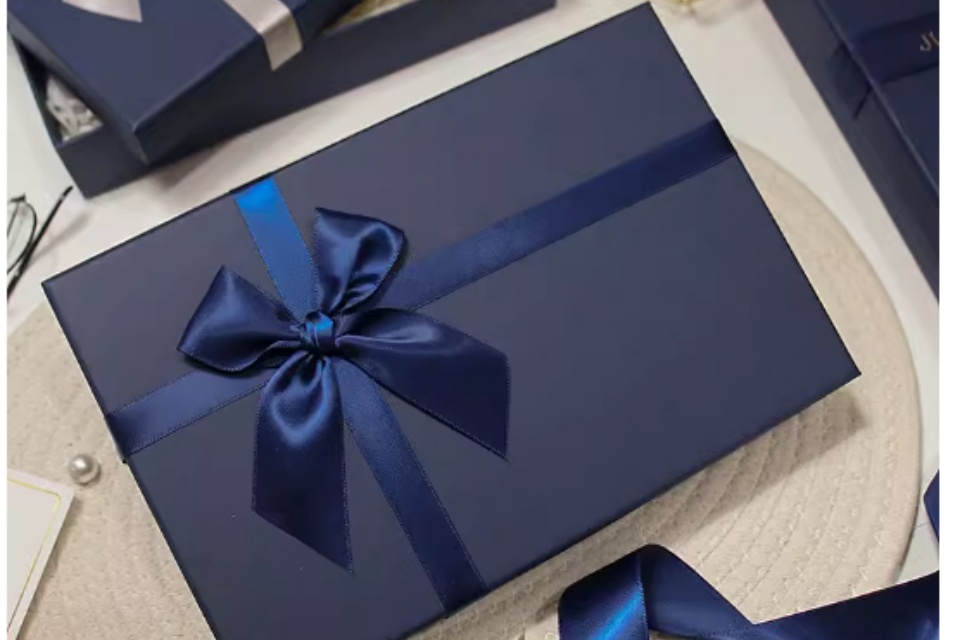
Applications
Clamshell rigid boxes are versatile packaging solutions that cater to a wide array of industries and product types. Their design provides both protection and visibility, making them an attractive option for various applications.
Retail Products
Clamshells are particularly suitable for retail environments, where they can accommodate a variety of products including electronics, personal care items, and specialty foods. The transparent nature of clamshell packaging enhances product visibility, which can improve marketing effectiveness by allowing consumers to see the product before purchase.
E-Commerce Packaging
The rise of e-commerce has significantly influenced the demand for clamshell packaging, as businesses require durable and lightweight solutions that can withstand shipping. Clamshells can be optimized for e-commerce needs by providing protective packaging that minimizes damage during transit. Additionally, the unique unboxing experience associated with clamshells enhances consumer satisfaction and engagement, which is increasingly valued in online retail.
Customization for Various Needs
Companies can customize clamshell rigid boxes to meet specific requirements for different products. This includes tailored sizes and designs that cater to niche markets, allowing brands to stand out in a competitive landscape. For instance, limited-edition packaging designs can create excitement and drive consumer interest, reflecting current trends and cultural moments.
Environmental Considerations
As consumer awareness of sustainability grows, the packaging industry has shifted towards eco-friendly solutions. Clamshells can be designed using recyclable materials, catering to the environmentally conscious consumer while maintaining the necessary protective qualities for products. Brands that prioritize sustainable packaging are often favored by consumers, highlighting the importance of aligning packaging strategies with consumer values.
Personalization and Smart Packaging
Advancements in technology have enabled the integration of personalized and interactive elements within clamshell packaging. For example, brands can include QR codes that provide additional product information or interactive experiences, enhancing consumer engagement. The potential for augmented reality features further enriches the user experience, making clamshell packaging not just functional but also an innovative marketing tool.
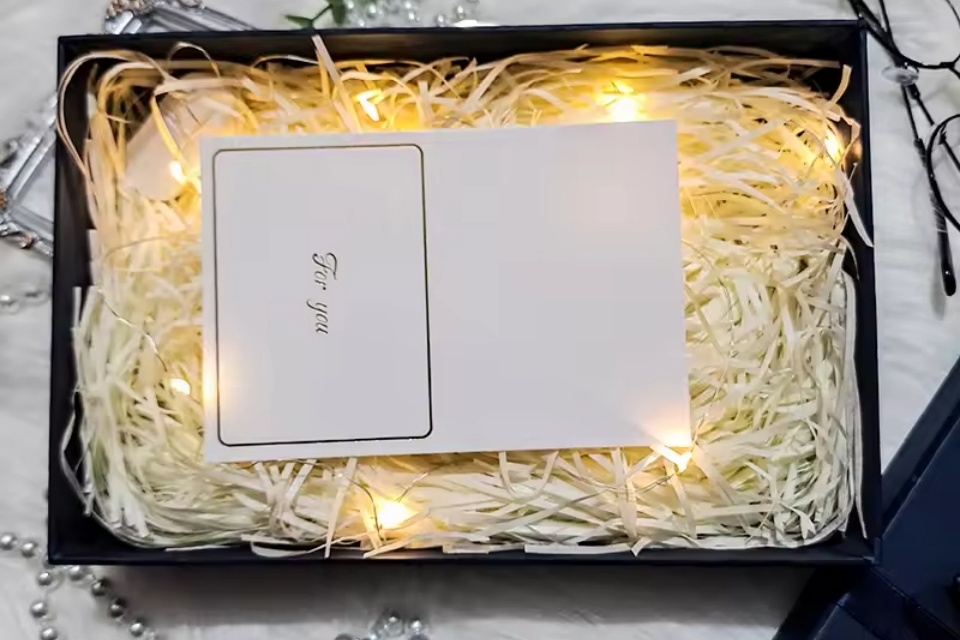
Comparison with Other Packaging Types
Overview of Packaging Solutions
Clamshell rigid boxes offer a unique combination of durability, aesthetics, and functionality compared to other packaging types. Their design not only provides excellent protection for various products but also enhances the overall presentation, making them an appealing choice for high-end goods such as jewelry, electronics, and luxury items. This section explores how clamshell rigid boxes compare with other popular packaging options, including folding cartons, flexible packaging, and hybrid solutions.
Clamshell Rigid Boxes vs. Folding Cartons
While folding cartons are a more cost-effective alternative, clamshell rigid boxes excel in terms of structural integrity and presentation. Folding cartons are often constructed from lighter materials, making them less durable but easier to produce and ship. In contrast, clamshell boxes are made from strong, rigid plastics or cardboard, providing superior protection against damage during transit. Furthermore, clamshell rigid boxes can feature high-end finishes such as embossing and foil stamping, which convey a premium feel that folding cartons may lack.
Clamshell Rigid Boxes vs. Flexible Packaging
Flexible packaging, such as bags and pouches, is renowned for its lightweight and space-efficient qualities. However, it generally offers less protection compared to rigid packaging options. Clamshell rigid boxes safeguard products against impact and environmental factors, making them more suitable for fragile or high-value items. The stackable design of clamshell boxes also optimizes storage and display space in retail environments, which is often a challenge with flexible packaging.
Clamshell Rigid Boxes vs. Hybrid Packaging Solutions
Hybrid packaging solutions combine elements of both rigid and flexible packaging to achieve a balance of cost and presentation. While these solutions may offer some advantages, they often do not match the premium appearance and durability of clamshell rigid boxes. For mid-range products that require a more refined look without the expense of traditional rigid boxes, hybrid packaging can be effective. However, for luxury items where branding and customer experience are paramount, clamshell rigid boxes are typically the preferred choice.
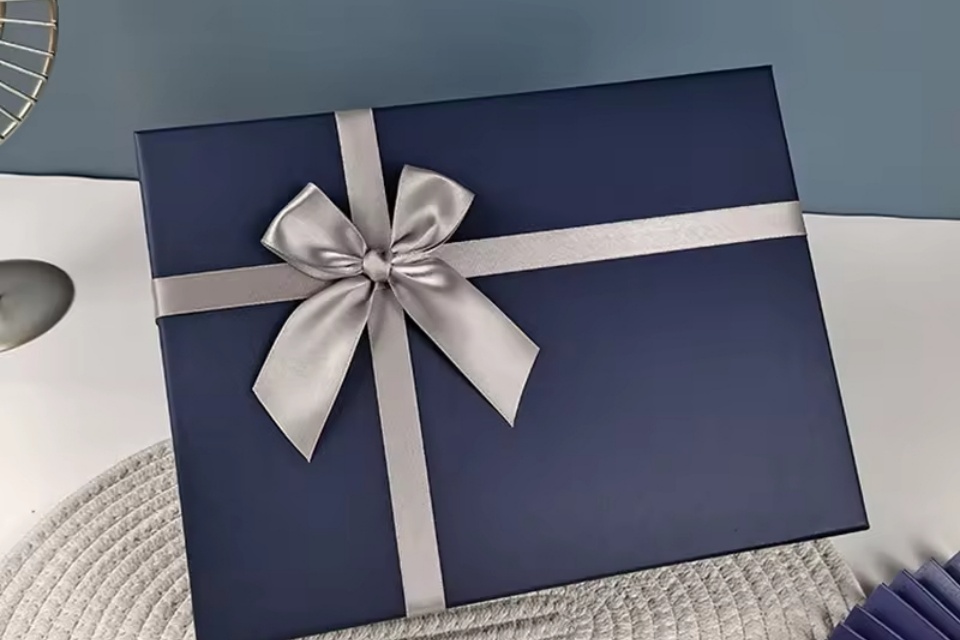
Market Trends
The market for clamshell rigid boxes is evolving rapidly, driven by a range of consumer preferences and industry demands.
Growing Demand for Sustainable Packaging
Sustainability has emerged as a primary driver within the packaging industry, influencing the clamshell market significantly. Consumers are increasingly prioritizing eco-friendly options, which has compelled brands to explore sustainable packaging materials, including biodegradable and recyclable options. This shift is not just a fleeting trend but represents a fundamental transformation in consumer behavior and market expectations, with businesses now adopting practices that align with ecological responsibility. The sustainable packaging market is projected to reach $737.6 billion by 2030, indicating a robust growth trajectory supported by both private and public sector initiatives aimed at reducing environmental impact.
Influence of E-Commerce Growth
The boom in e-commerce further propels the demand for rigid boxes, particularly clamshell packaging, as businesses seek durable and visually appealing solutions to enhance product protection during shipping. In 2023, global retail e-commerce sales reached $5.9 trillion, with projections indicating growth to over $8 trillion by 2027. This rapid expansion necessitates effective packaging strategies that not only safeguard products but also elevate consumer experience through appealing aesthetics.
Customization and Personalization Trends
Customization and personalization trends are also prominent in the rigid boxes market. Brands are increasingly leveraging unique packaging designs to differentiate their products and foster stronger consumer engagement. This focus on individualized packaging solutions presents substantial opportunities for growth within the clamshell packaging segment, as businesses seek to create memorable experiences for their customers.
Competitive Landscape
The competitive landscape for clamshell packaging is influenced by various factors, including the availability of alternative materials such as flexible packaging and the rising costs of raw materials. Companies in the rigid box market must navigate these challenges while striving to maintain their market share against eco-friendly alternatives that resonate with modern consumer preferences.
Regional Insights
Regionally, North America is currently leading in the clamshell packaging market, attributed to strong demand from sectors such as pharmaceuticals and food retailing. However, the growth potential in emerging markets, particularly in the Asia-Pacific, Latin America, and Africa, presents opportunities for expansion as these economies develop and demand sophisticated packaging solutions increases.
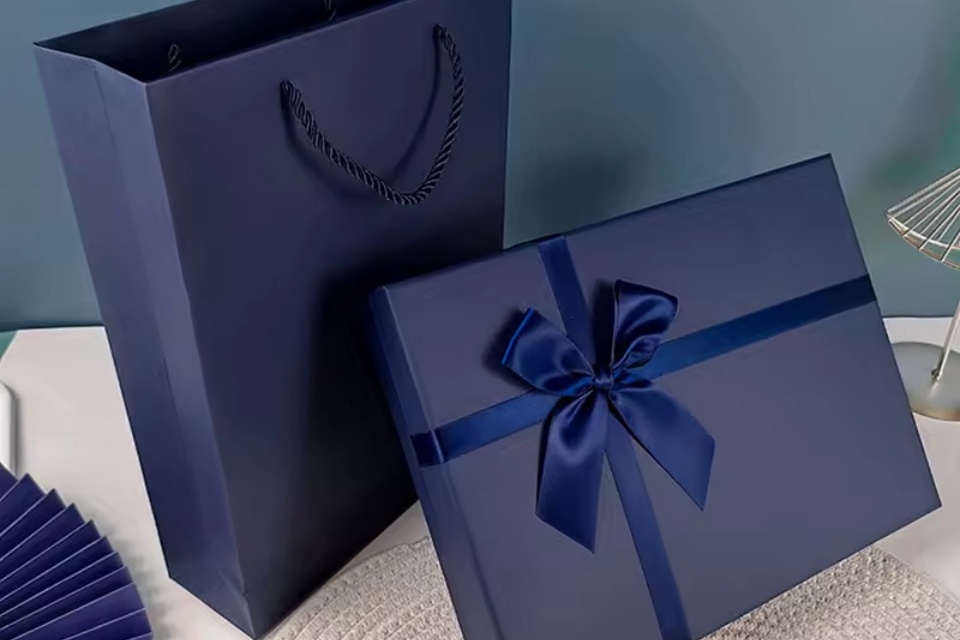
Case Studies and Examples
NOCCO Premium Rigid Box
One notable case study involved NOCCO, a company in the snack, dietary, and nutrition industry, which required a high-end packaging solution for a marketing campaign aimed at social media influencers and investors. Faced with tight deadlines, the company partnered with Brown Packaging to create a premium rigid box that eliminated the use of foam while ensuring product protection. The design process began with backward planning to align artwork deadlines with production schedules, and rapid communication between the client and the design team allowed for swift approvals. The project was completed within a tight three-week timeline, resulting in a sleek, high-end design that not only enhanced NOCCO’s branding but also achieved sustainable packaging solutions by removing foam inserts while maintaining product stability.
Custom Rigid Boxes for Artisan Chocolate
Another example can be seen with an artisan chocolate company that switched to custom rigid boxes featuring intricate designs reflecting the craftsmanship of their products. This strategic move not only improved product presentation but also significantly increased customer satisfaction. The enhanced packaging led to increased sales and fostered customer loyalty as consumers began sharing their unboxing experiences on social media, showcasing the power of effective packaging in driving brand engagement and consumer interest.
Tech Accessories Manufacturer
A manufacturer of tech accessories faced challenges with inadequate product protection during shipping due to standard packaging. The company transitioned to custom rigid boxes with foam inserts tailored to their products, which resulted in a notable reduction in product damage during transit. This change not only improved customer satisfaction but also boosted positive reviews, demonstrating the vital role of packaging in maintaining product integrity and enhancing the overall customer experience.
Global Beauty Company Sustainability Initiative
A global beauty company initiated a sustainability project aiming to reduce greenhouse gas emissions related to packaging. By switching to custom rigid boxes made from biodegradable materials and emphasizing recyclability and reusability, the company was able to lower its packaging emissions by more than 40% by 2030 compared to 2020 levels. This case exemplifies the growing trend of using rigid packaging solutions not only for their aesthetic appeal but also for their role in promoting sustainable practices within the industry.
These case studies illustrate the diverse applications and benefits of clamshell rigid boxes across various industries, highlighting their effectiveness in enhancing product presentation, ensuring product protection, and supporting sustainability initiatives.
